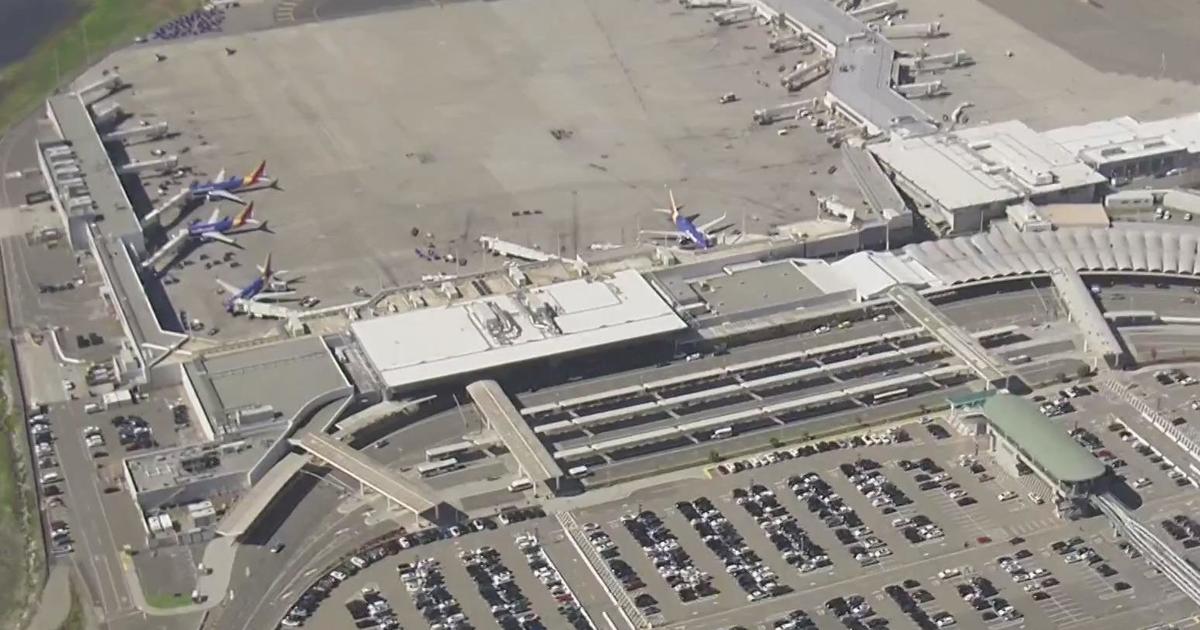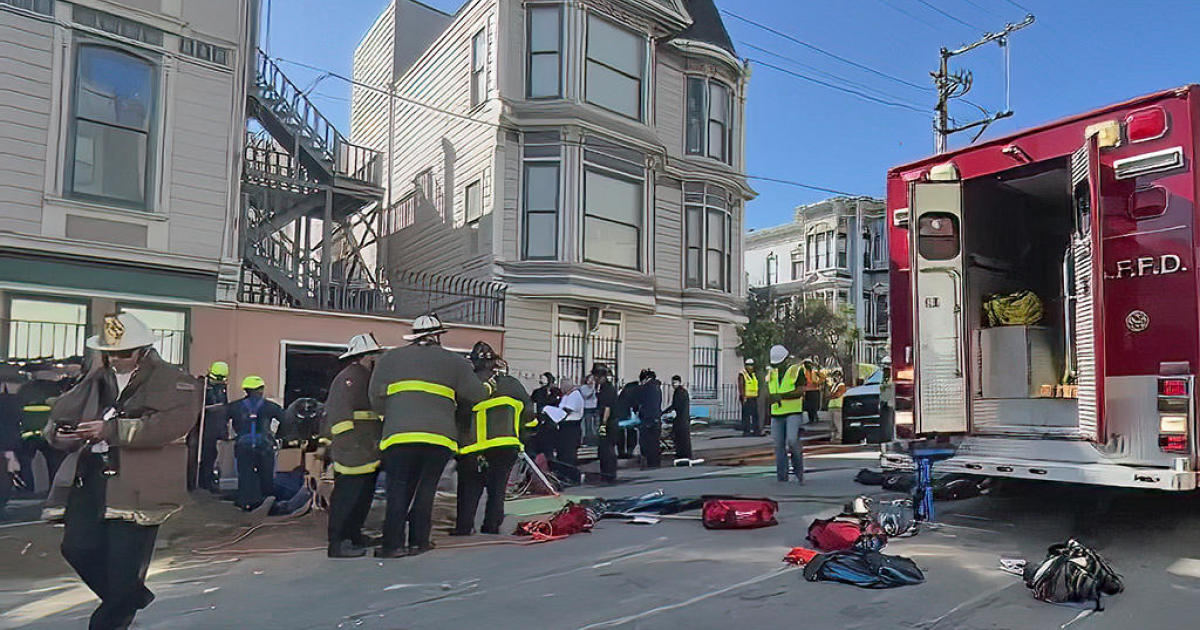COVID: In California, Vaccinations Are Priority But Testing Matters
SAN FRANCISCO (CBS / AP) — Los Angeles and San Francisco were able to enter California's least restrictive coronavirus tier Thursday even though they have more infections per capita than some other populous counties.
The reason is they continue to test for the virus more aggressively than other places even as the statewide emphasis is on vaccinations.
Under California's four-tier, colored coded system for resuming business operations and other activities, if a county tests more it gets rewarded by having its virus case rate adjusted down. The lower the case rate, the fewer the restrictions.
So, even though neighboring Orange County has a lower per capita case rate and San Bernardino County has a similar one, Los Angeles moved to the lowest tier — Yellow — this week because its rate was adjusted for doing more testing while the other two counties stayed Orange, one tier higher.
The same dynamic played out in the Bay Area. Marin County had a lower per capita number of infections than San Francisco but stayed one tier higher because it didn't test as much.
Dr. Clayton Chau, health officer for Orange County's 3.2 million residents, questioned the state's decision to allow counties that conduct more testing to allow more business activity.
"I've always thought the adjusted rate gave people a false sense of safety," Chau said in an email.
The latest state data shows Los Angeles County averaged 655 tests daily per 100,000 residents and San Francisco did 586. The corresponding numbers in Orange and San Bernardino were 288 and 286, respectively, while Marin was 410.
To reach the Yellow Tier, a county must have less than 2 new confirmed cases per 100,000 people each day. Los Angeles, which has about one-quarter of the state's nearly 40 million residents, had 3 cases but that figure was adjusted to 1.6 because of the test level. Orange County's unadjusted rate was 2.4, while San Bernardino's was 3.
San Francisco had its rate adjusted from 2.9 to 1.8, while Marin's only went from from 2.8 to 2.5.
When the tier system was established last summer there was no vaccine and state officials wanted to encourage as many people as possible to get tested to be able to quickly spot surges in cases.
Barbara Ferrer, health director for Los Angeles and its nation's largest county population of 10 million, said she's "pleased with the testing rates and I have no concerns about it,"
California has endured more than 61,000 deaths during the pandemic and last winter saw its cases explode to record levels. Now, the infection rate and cases are among the lowest in the country.
That has allowed much more of the state to reopen, though there still are only seven of 58 counties in the lowest ter. Most — 39 — are in the orange tier.
Gov. Gavin Newsom has set a June 15 target date for the state to return to business as usual so long as vaccinations continue and coronavirus cases remain low. It wasn't immediately clear what rules will apply after that date but the move is expected to put an end to California's color-coded tier system.
Lucy Dunn, chief executive of the Orange County Business Council, said small businesses are faring better under the current rules but capacity limits in more restrictive tiers hamper large venues like theme parks and convention centers.
They also limit activity at businesses such as the cafes and shops by Disneyland, which reopened last week but only at 25% capacity. If the county was in the yellow tier, it could have 35% capacity.
"Where the tiers matter are the large venues, high-profile economic multipliers," Dunn said.
In Riverside County, with 2.4 million people, health officials have been so focused on getting people vaccinated that testing has received less attention, said Jose Arballo, a spokesman for the county's public health agency.
A drop in testing was expected once more people had their shots, though testing was expected to continue for athletics, for example, he said.
Arballo said the county is seeing coronavirus cases decline though it's hard to know whether it would be enough to shift from the orange to yellow tier before the state's reopening in mid-June.
That's what businesses in Orange County have their eye on, Dunn said. She said it's not clear what public health rules will remain in place once the county-by-county metrics go away.
"When are we going to be able to plan for what this guidance looks like?" she said. "Give us guidance for the next steps — because we're there, and we're ready."
© Copyright 2021 The Associated Press. All Rights Reserved. This material may not be published, broadcast, rewritten or redistributed.



